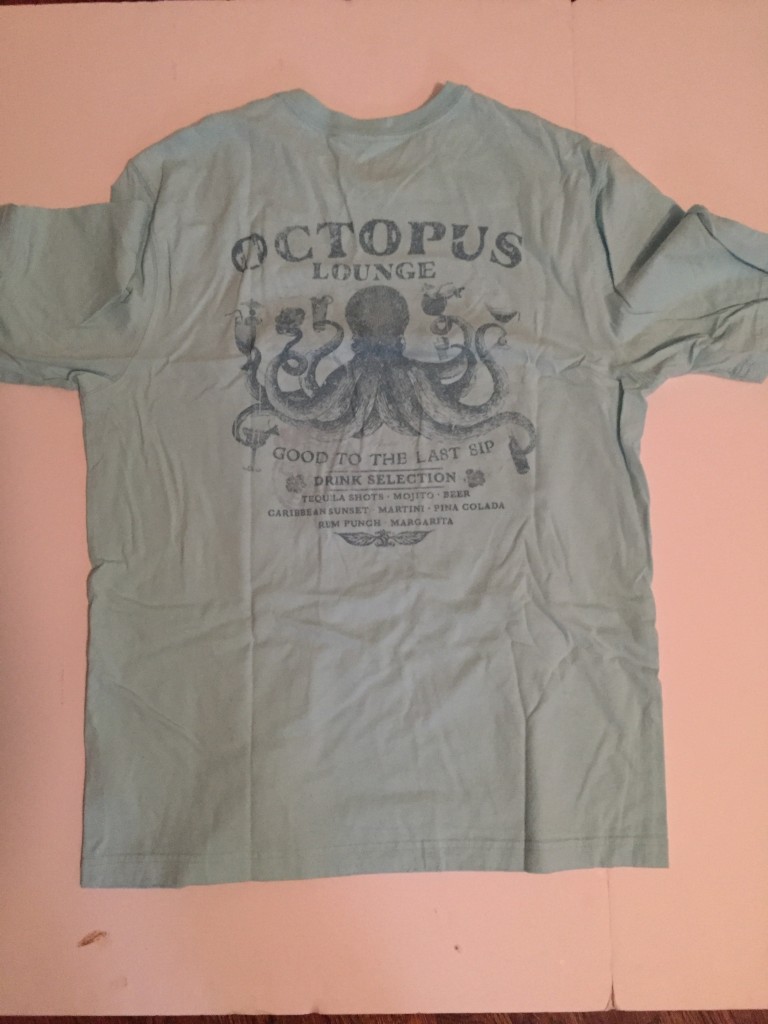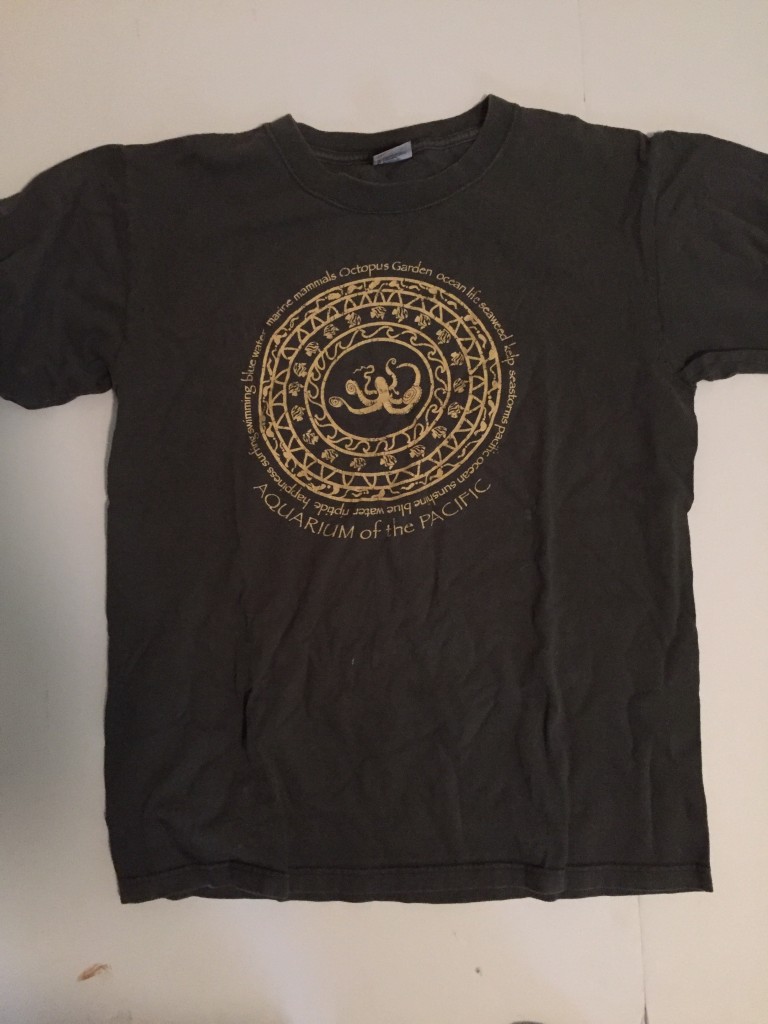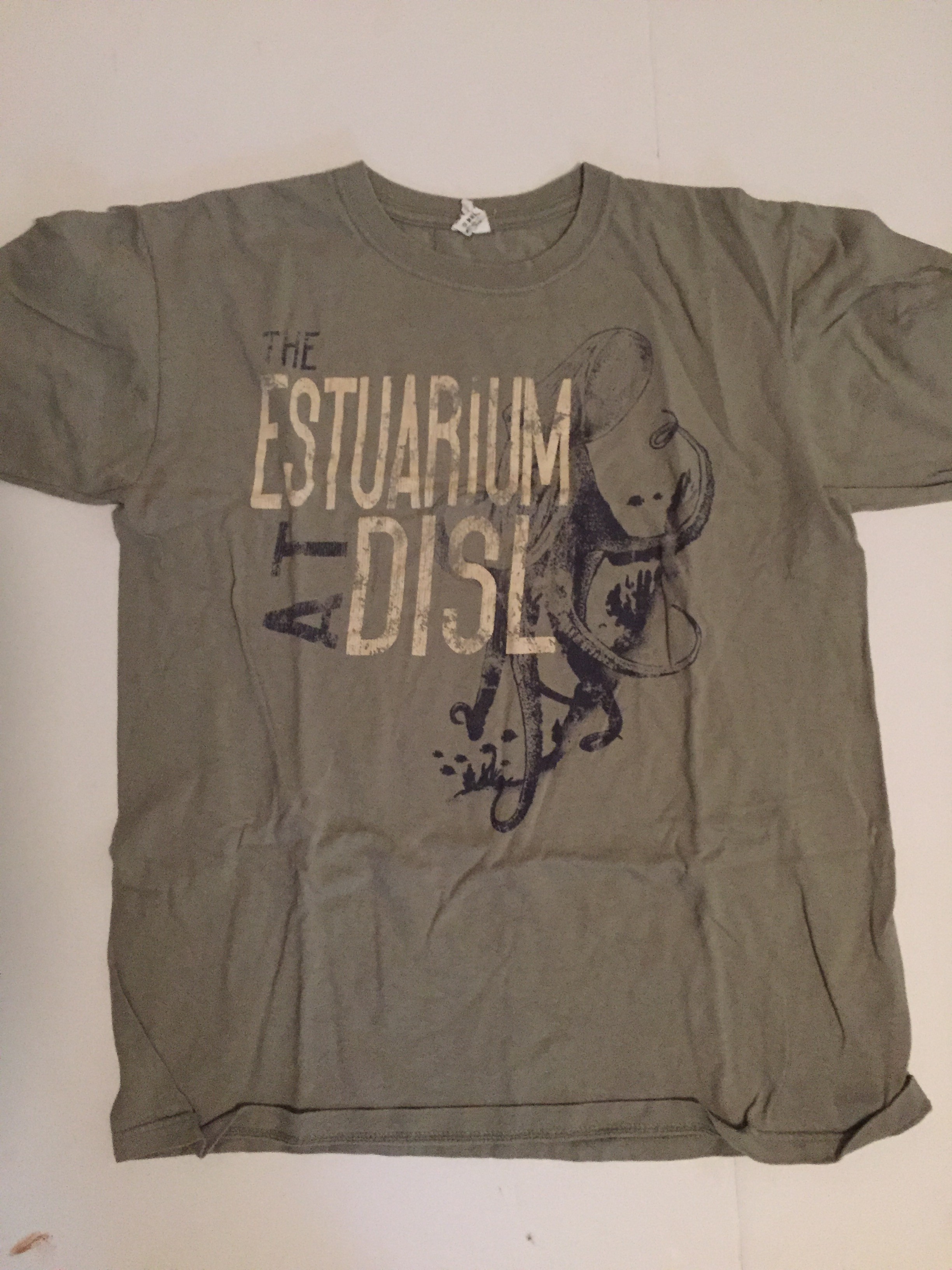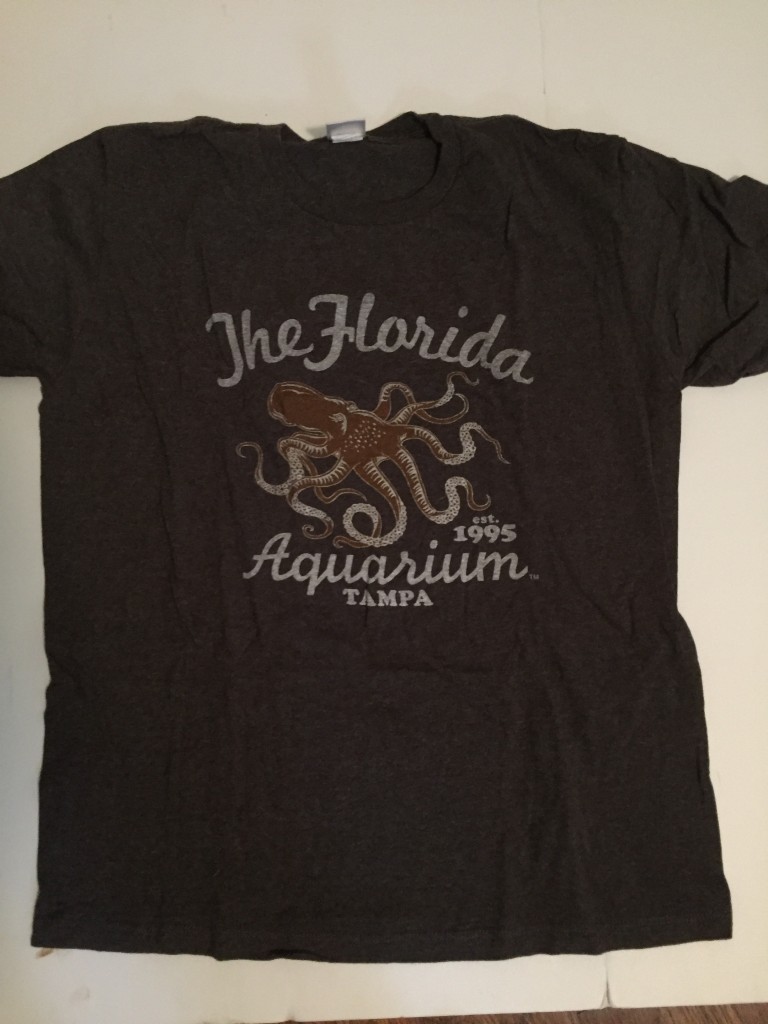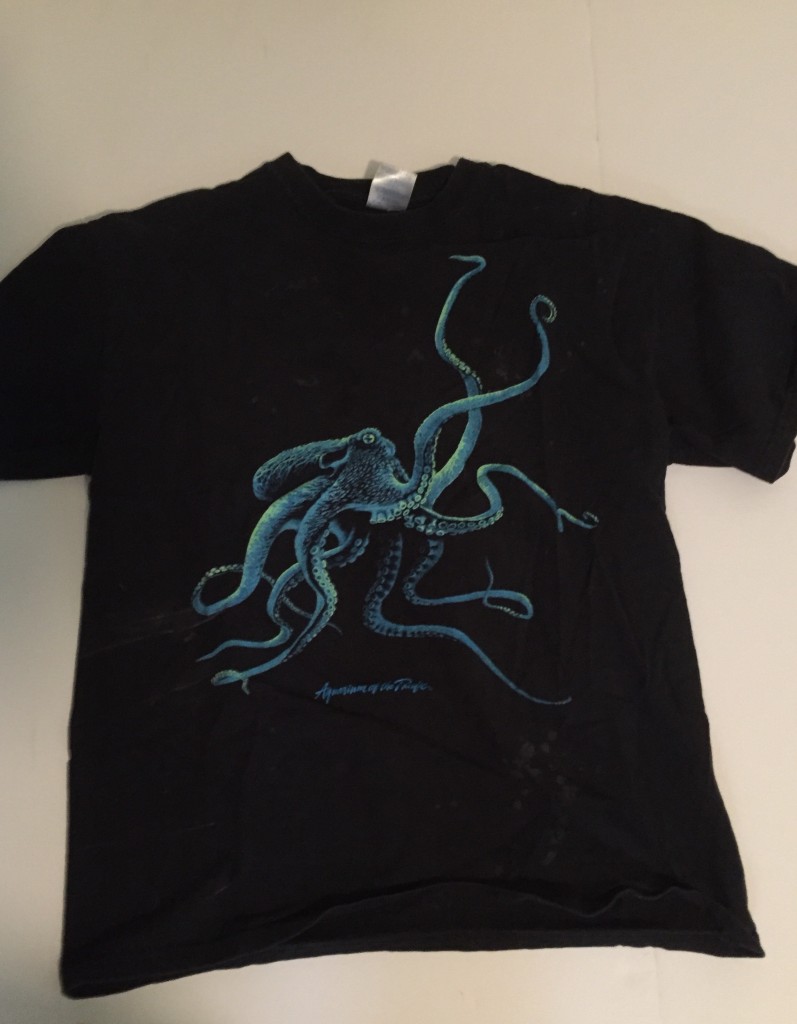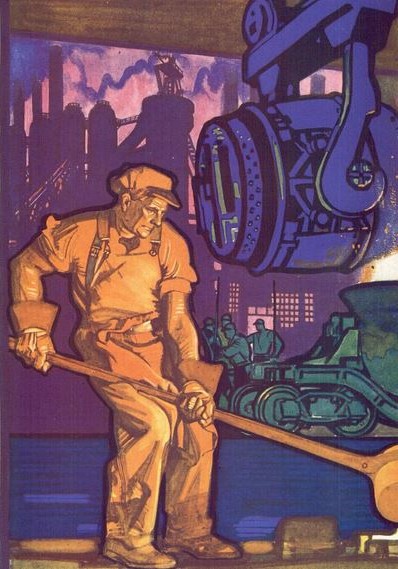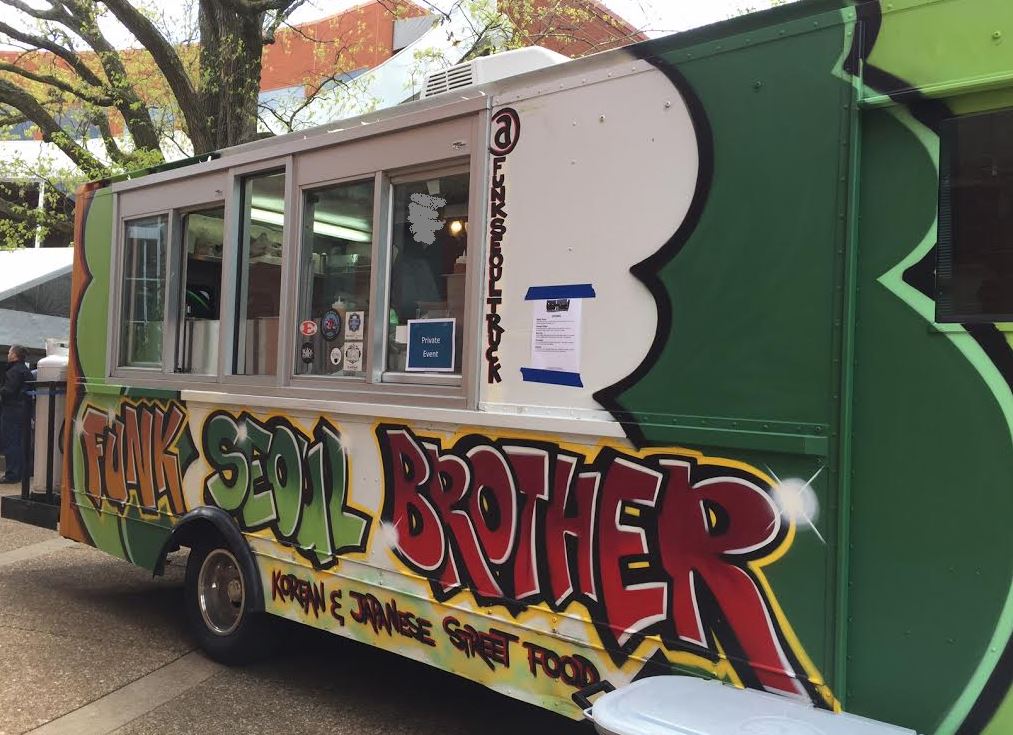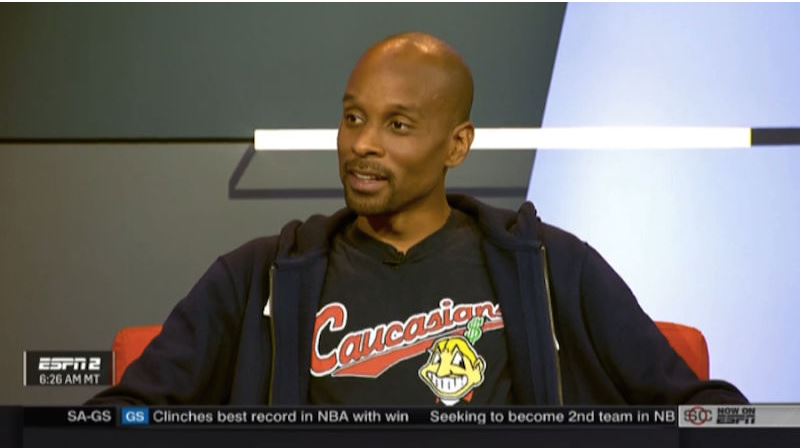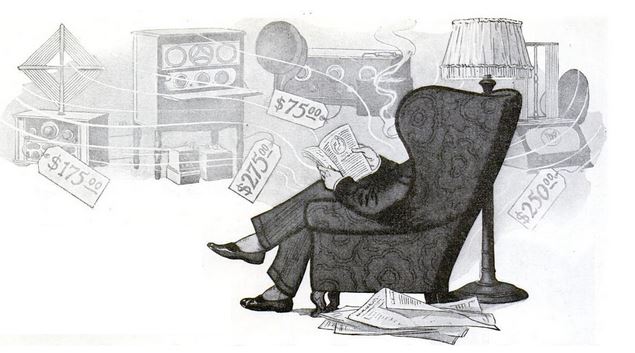 Lately I’ve been hearing some concerns about the possibility that we’re moving to a cashless society–one where everything is paid for with our plastic cards rather than good old fashioned paper and metal money. And I can understand the potential problems. For one thing I’m pretty sure the guy who uses his credit card to buy a pack of gum is responsible for driving up the price of gum. The store has to pay the credit card company a fee and while you still see some small businesses that won’t take plastic for any transaction under $5 or even $10 because it’s just not worth it to them a bigger place will take the hit and just raise the price of gum to compensate. And there’s a psychological factor. Some studies have shown that people will spend up to 18% more when they’re paying with plastic because credit cards are magical never-ending fountains of purchasing power, at least until you get the bill.
Lately I’ve been hearing some concerns about the possibility that we’re moving to a cashless society–one where everything is paid for with our plastic cards rather than good old fashioned paper and metal money. And I can understand the potential problems. For one thing I’m pretty sure the guy who uses his credit card to buy a pack of gum is responsible for driving up the price of gum. The store has to pay the credit card company a fee and while you still see some small businesses that won’t take plastic for any transaction under $5 or even $10 because it’s just not worth it to them a bigger place will take the hit and just raise the price of gum to compensate. And there’s a psychological factor. Some studies have shown that people will spend up to 18% more when they’re paying with plastic because credit cards are magical never-ending fountains of purchasing power, at least until you get the bill.
It’s not just the inflation issue that bothers me. It’s also the privacy. Paying with plastic means every purchase is tracked and all your buying data are being collected and if it isn’t already being used by someone chances are good it will be. They already collect a lot of information about us and are always looking for ways to use it. Who are They? I’m not sure. I’d like more information about who They are although They usually seem to be either various governments who want to know if citizens are up to anything nefarious or questionable, the definitions of which vary, or businesses which think that you’ll buy this crap because you already bought that crap thus proving the old adage that there’s a sucker born every minute. Paying with cash means your transactions are strictly between you and the person behind the counter who you’re never going to see again anyway. And as long as you’re not buying anything illegal–definitions may vary–there’s no reason why it should be anyone’s business where you do business. There’s an adult store on a street where I sometimes catch the bus and I’ve noticed they have an ATM in front, presumably for those people who don’t want their credit card bill to have an itemized list of their purchases but instead to simply show that they made a significant cash withdrawal at an ATM that just happens to be in the same place as an adult store. If you’re wondering I’ve never been tempted to go in there because I’m pretty sure they don’t sell gum, at least not in any flavor I want, although if they did I’d want to use a credit card to buy it, but that’s another story. And sometimes I think of ways to have fun with credit cards. It would be really funny, I think, to pay for a meal at a nice restaurant with cash, down to the penny, but then put the tip on a credit card, and if the service was really exceptional the 38% tip would be worth it.

“Thank you for chewing my food for me.”
At least that’s how simple it all seemed before the internet because the biggest retailer in the universe and now it’s almost impossible to buy really cool stuff without a credit card. Then again before the internet it was sometimes hard to buy really cool stuff if you didn’t live in a place where cool stuff was within a reasonable distance. The internet has opened us up to purchasing opportunities we never could have imagined a few decades ago, proving the adage that a sucker gets online every 1.8 nanoseconds. And people are being a lot less parsimonious with their privacy, or at least that’s how it seems, but maybe it’s just in our nature to share. We share because it’s a way to get information back in return and, as an inquisitive species, we want information. We share our likes and dislikes, our habits and personality quirks. People share their DNA when they send it off and pay to have it analyzed so they can learn they’re 48% Western European, 27% Eastern European, 16% African, 6% Native American, 2% Other, and 6% butterscotch ripple. Every time I see this service advertised I think, yes, that’s very interesting, but what are They also doing with that daisy chain of your genetic information?
Then I remember preschool and kindergarten and being taught that sharing is caring, that it’s nice to share, and I think, why don’t we share everything? Let’s flood the system with information. Let’s give out so much information it’s too much for Them to handle. At the rate computers are advancing, though, it seems like there’s no such thing as too much information and if we keep pushing more and more data into them we may just be hastening the point at which computers finally become sentient and turn on us. I’m not too worried about that, though. I believe the computers will look at my record and say, “Spare this one. He’s a really good tipper.”
Like this:
Like Loading...
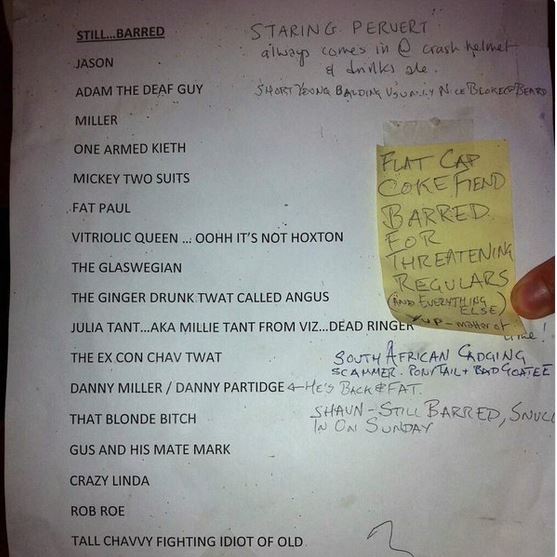 Source: Twitter user @djsantero
Source: Twitter user @djsantero

